SUMMARY
This is AI generated summarization, which may have errors. For context, always refer to the full article.
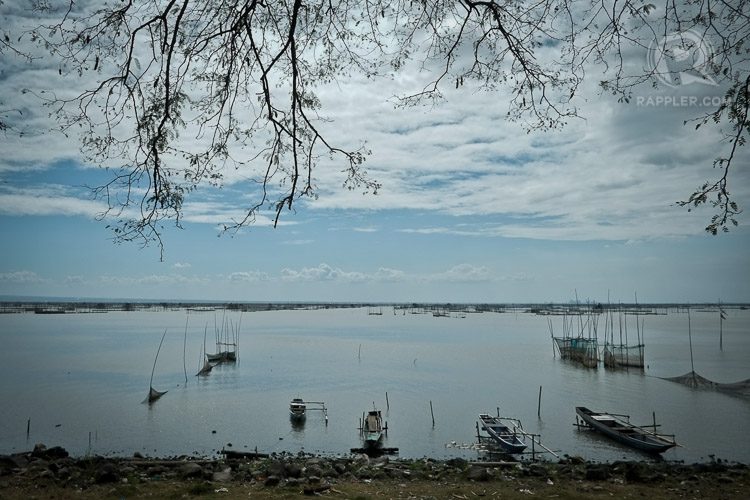
RIZAL, Philippines — The dagger-shaped island of Talim seems to float in the middle of Laguna Lake, like a stranded compass needle. It’s a place where time does not fly; it floats. And life seems to slow down.
It’s the island cineastes know as the “speck in the water,” an homage to the late Ishmael Bernal’s ‘70s classic film, “Nunal sa Tubig,” which was shot on location in Talim.
One of the characters in the film, the wise old man Jacob, delivers a poignant line: “Ang ating pulo ay isang nunal sa tubig na talampakan ng isang mahiwagang nilalang.” (Our island is a speck in the water, a mole on the feet of a divine being.)
According to Filipino superstition, a mole on one’s feet means restlessness, an itching for perpetual motion, a lifelong journey of traveling with no lasting destination.
Whether it was by some sacred design, or simply a sign of reality, it seems not much has changed in Talim over the last half-century. But there are reports that an international airport and a bridge connecting the island to the mainland were to be built.
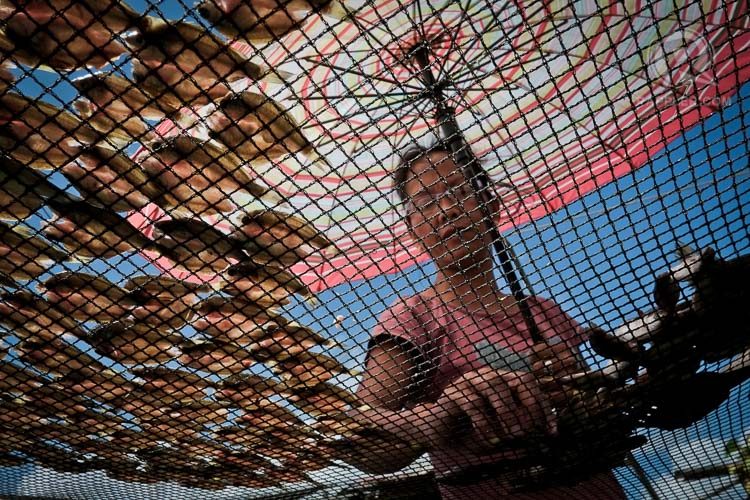
However, along with Laguna Lake Development Authority’s proposed road dike plan, these proposed infrastructure projects seem to have met opposition from small fishermen. They say these projects will only benefit the big time investors, that it’s non-inclusive progress, and that it may only displace the small fisherfolk.
Although modern living has reached the shores of Talim, as seen through the occasional satellite dish, the cell towers, and the ubiquitous tablets, the children of the island still play traditional games. Here, cracking seashells is serious contest, spider fighting is still en vogue, and children pull miniature bamboo boats out in the sea.
Talim may be in the middle of the lake, it’s coastline dotted with small boats; but fishing is not its primary means of livelihood. Bamboo grows abundantly on the island, reaching almost all the way to the peak of Mt Tagapo.
The fish cages surrounding the island are made of bamboo. The sails on the fishing boats are made of bamboo. And every weekend, boats bound for various ports, such as Cabuyao, Paranaque, and Muntinlupa, are filled with bamboo beds, bamboo sofas, and bamboo tables. Even bamboo sticks are a source of income.
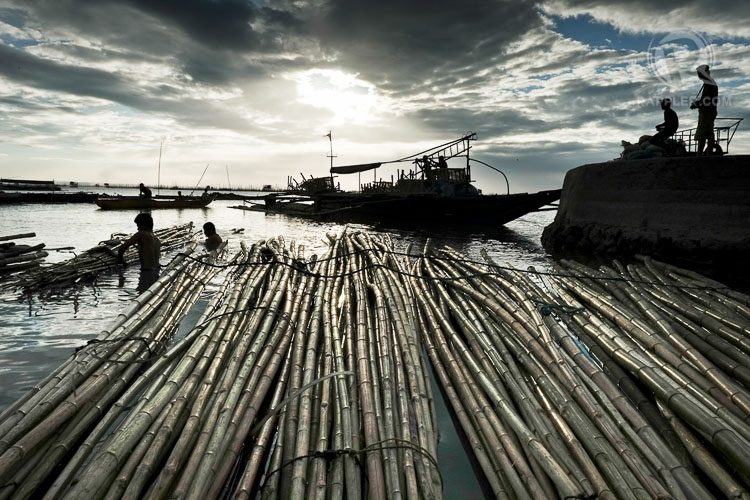
But in a place where time seems to be moved only by the seasonal winds of amihan (northeast) and habagat (southwest), the children soon outgrow the island. Those who seek further education and better job opportunities find themselves on boats bound for “Bayan,” the main town of Binangonan, and everywhere else beyond its shores.
Boats ply the lake daily, ferrying passengers to and from the island. The comings and goings of boats and people are part of the daily ritual of the island. Maybe, boats are not really for going to places, but for getting away from them.
Paolo Romero, a grade school teacher at the Shining Light Christian College in Barangay Janosa, says that many of his students want to discover the world outside the edges of Talim.
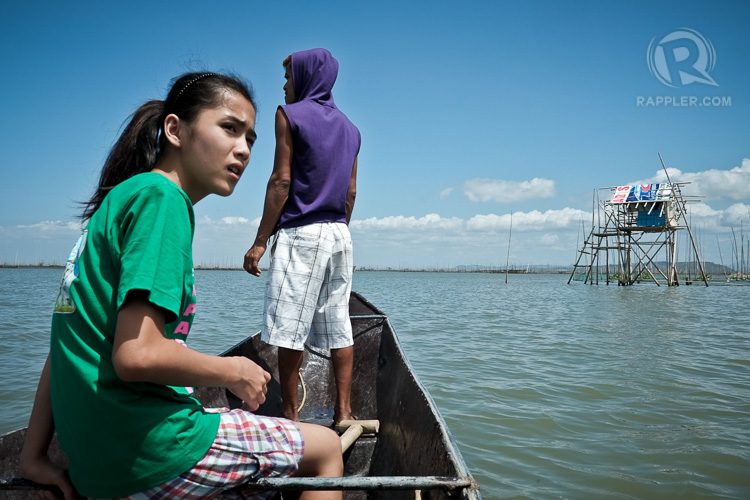
Among them is Aki Kaneko, a 14-year-old half-Japanese, half-Filipino, grade 8 student. She says she wants to become a flight stewardess because she wants to go to other countries, including the birthplace of his father, the Land of the Rising Sun, Japan.
Kimber James Llego is also outward bound. The son of Barangay Kinaboogan’s most famous tailor, Jimmy, who makes the colorful masks worn by fishermen, wants to join the police force.
Before becoming a full-fledged policeman, Kimber James has to finish a 4-year course in a college outside Talim. And when he does become a policeman, his mother Leila knows, he will be assigned to different destinations.

The teacher from the mainland
Teacher Romero, ironically, is not from Talim. But he found himself drawn to the island, which has been his home for the past 4 years. Keeping him company is his black shih tzu, Coco.
The Taytay-native first came to Talim in 2002, as part of the pastoral ministry of the Victory Christian Church, where his father was a pastor. But for the next 9 years, he worked for one of the pioneer call centers in the Philippines.
He admits he does not make much as a volunteer teacher of the school run by their church. He confesses that he sometimes misses the times having money in his wallet during paydays.

Sometimes, comparisons are made with the success of his batchmates.
But he consoles himself with the thought that no amount of riches can probably match the happiness he found in the island and the vocation he chose to live with.
The bamboo craftsman from Basilan
During the same year when teacher Romero first came to Talim, Edwin Avila arrived from Basilan. He, too, never left the island. For 13 years now, it has been home for the 37-year-old migrant. Avila originally wanted to join the military. But fate brought him to Talim.
These, he narrates, while whittling a bamboo stalk, an out-of-tune videoke singing in the background. Here, he became a craftsman, making bamboo beds, furniture, and rooster cages. It was a craft he had to learn to make a living on the island.
He can make one bamboo bed a day, which he sells for Php500 (US$11.30), in the only monthly trips he makes to Paranaque.
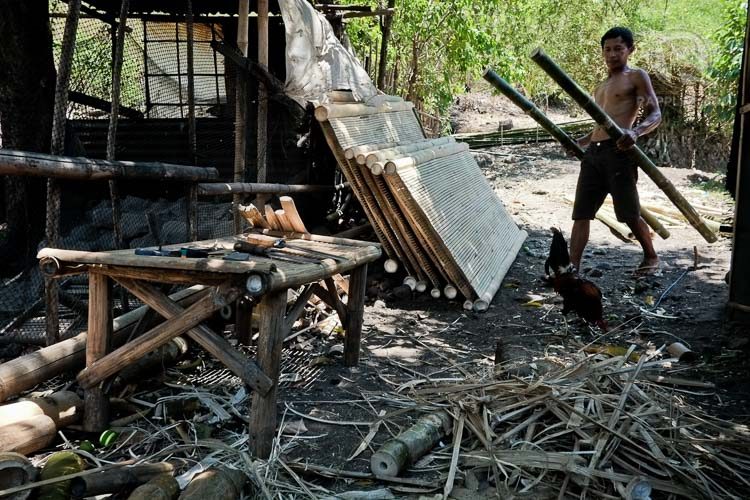
Like teacher Romero, Avila, the bamboo bed maker from Basilan, remains single. But the people of the island are his family.
The baker from Visayas
Apolinario Reyes was born in Dumaguete, raised in Zamboanga, and for a time, lived in Basilan. But for the last 36 years, he has lived in Talim, his wife’s hometown.
Apolinario was only 17 when he got Maricel Reyes pregnant. He probably came to Talim with the same uncertainty any young couple faces. Through hard work, they were able to raise a family. Together, they now run a bakery-cum-sari-sari store.
He claimed that Apolinario Bakery pioneered the baking of pan de sal – the local bread that is a staple on the breakfast table of most Filipinos – in the island. Before, bread came from Binangonan. The baker from Zamboanga saw an opportunity where he can do what he does best, make bread.
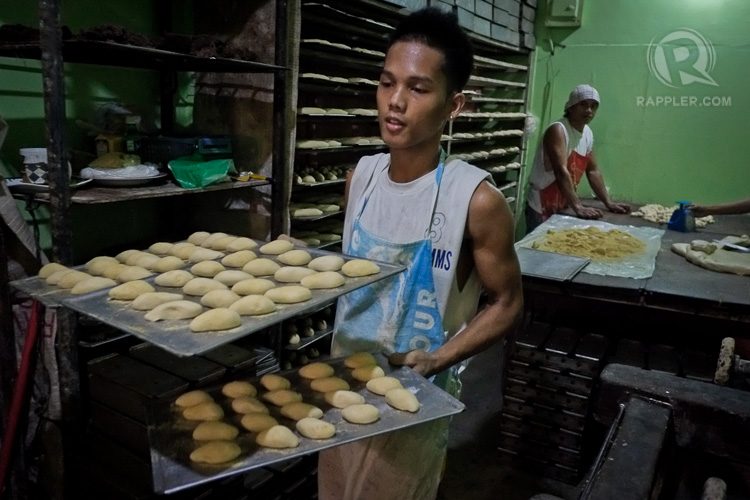
Bread brought their children to school. Their eldest is a teacher, while the other is a seaman. So it seems, the Reyes children discovered worlds beyond the confines of the island.
On the other hand, Leila Llego hopes that when his eldest son Kimber James does become a policeman, he will chose to be assigned to Talim after serving his required tenure. She hopes that they will again be reunited as a family in their island hometown.
Meanwhile, Aki says that even if she fulfills her dream of becoming a flight stewardess, she will still go back to her hometown, the island she so loves.
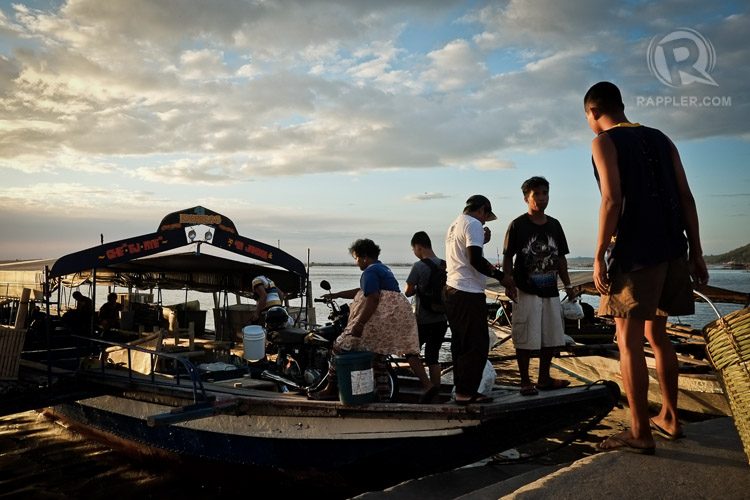
– Rappler.com
While lakes are not as popular as beaches, they’re still great travel destinations, especially if you want to deviate from the usual summer itinerary. If you are planning your great escape, grab the best discounts on hotels and air fare here.
Add a comment
How does this make you feel?
There are no comments yet. Add your comment to start the conversation.